This stark heading from a special issue of ‘Time’ on global warming acted as the backdrop to the introduction of yesterday morning’s workshop on climate change and its economic and social impacts
This stark heading from a special issue of ‘Time’ on global warming acted as the backdrop to the introduction of yesterday morning’s workshop on climate change and its economic and social impacts.
Prof. Dr. Peter Hoeppe, Head of GeoRisk research and environmental management for MunichRe, provided further cause for anxiety by listing a selection of extreme weather events over the past five years, together with the records they had broken.
The year 2003 saw 70,000 fatalities in Europe from extreme heat; floods in
2005 were the most expensive natural catastrophe in Switzerland; while the same year saw the first ever hurricane landfall in Europe.
The warmest July since records began in the Netherlands occurred in 2006, while 2007 has already seen the most expensive winter storm in Germany and the largest recorded flood loss in the UK.
Weather-related events had been an issue for MunichRe since 1973, said Hoeppe, and the company’s database of 24,000 natural disasters between 1950 and 2006 had recorded a steep increase in their frequency and intensity of impact. Reasons for increased losses globally could not wholly be explained by larger numbers of people living in vulnerable areas nor by increased insurance density.
A growing concentration of atmospheric carbon dioxide was an established fact, explained Hoeppe. Never, during the last 650,000 years had the gas been at such high levels. There was equally no room for doubt over the rising trend of ocean surface temperatures, or the similar trend to be found in summer and winter air temperatures in
Europe. And there was ever-increasing evidence of the link between global warming and extreme weather events.
Natural catastrophes from weather related events were increasing both in number and magnitude. Loss potentials, concluded Dr Hoeppe, had reached new dimensions. Climate change was not an emerging risk. It was happening now. _As a sombre audience faced up to these facts, John Cassity, vice-president
XL weather and energy Inc, rose to explain that natural disasters were only part of the picture. There was also what he termed ‘warming risk’. Risk managers who thought that natural disasters impacted only on property or casualty, should consider that noncatastrophic warming could also pose significant potential for loss in the sphere of operations. This was particularly true where capital was tied up in large infrastructure investments – he gave the example of a hydro plant depending on glacier-fed rivers for maximum efficiency. Who was at risk from the trend and the uncertainties?
Almost everyone, said Cassity, would be facing lower turnover and higher expenses, but it would be the inelastic businesses who would not, or could not, adapt, that had most to fear.
How could the insurance industry help? One way, said Cassity, was through parametric weather insurance, triggered by weather events fulfilling certain parameters, such as numbers of days over 35 degrees. Insurance could thus manage variability in weather, allowing not just ‘old’ industry to benefit, but also smoothing the path for renewables.
Questions from the audience focused on the questions of liability and of whether the insurance industry should be driving change in this field through incentives or surcharges.
Mention was made of the Insurance Working Group of the UN environment
programme finance initiative, where sixteen companies are working on sustainability issues, including climate change.




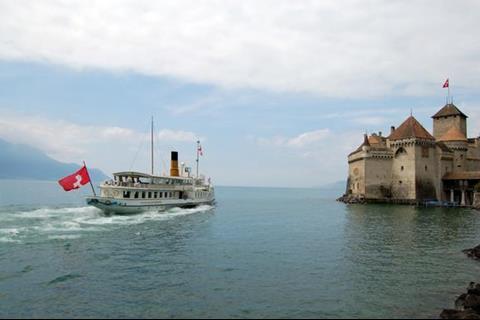


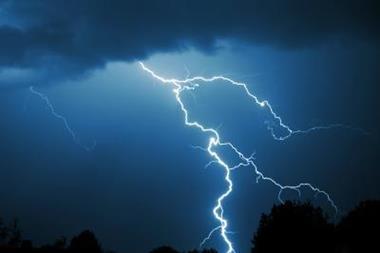
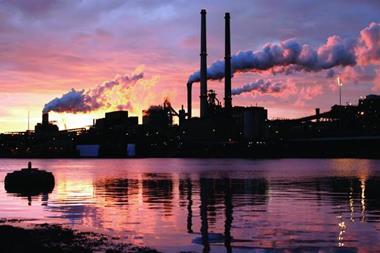
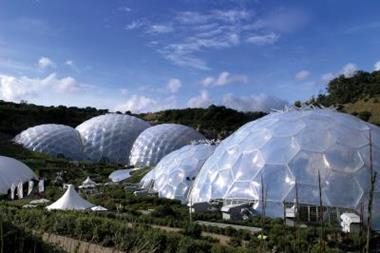
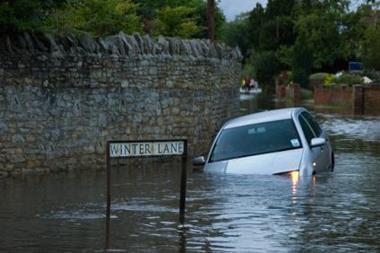










No comments yet